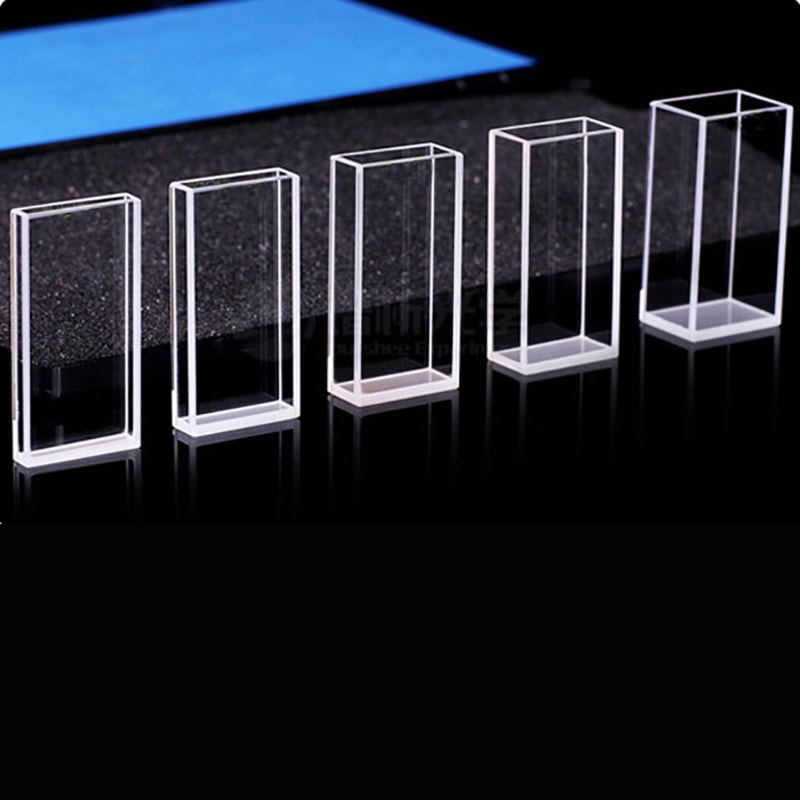The spectrotometry technique is the cornerstone of discovery in science It is a method of revealing the secrets of light absorption and transmittance over particular wavelengths. Its heart is the cuvette, which is a small but essential vessel that stores samples to be analysed. Although they may appear straightforward however their intricate layout that spans from the length of cuvette paths to the selection of materials and the choice of material, are what provide accurate details about the substance’s concentration and the purity of the substance. Explore this fascinating realm of cuvettes as well as their dimensions. They affect the results of all tests.
Power of Cuvette Path length
Imagine a light beam passing through the sample. The outcome is determined by how long the path of the cuvette. This is the amount of light travels within the liquid. For many laboratories, a cuvette that is 1 cm is the ideal length because it strikes a balance between sensitivity as practicality. What’s the reason? The longer the path the more light is absorbed, amplifying the signal for dilute samples. For concentrated solutions, such as nucleic or protein acids, a short pathway length could change the rules. This method decreases the quantity of dilution needed which saves precious samples as well as cutting down on preparation times. What’s the most important lesson to take away from this? It is an art to match path lengths with the requirements of the sample. This increases the accuracy.

Image credit: cuvet.co
Cuvette Dimensions The Look at more than what meets the eye
It’s not just about the amount of liquid that will fit inside the vessel, it’s also about the way it interacts with the spectrophotometer. Each cuvette is made for the specific job and is available in a variety of shapes and sizes. For example semi-micro cuvettes that have smaller dimensions and more robust walls tackle tiny sample volumes such as a few microliters a unique biological extract. The thicker walls limit the area inside that allows light to flow through without losing any drops. This is a huge advancement over a traditional cuvette. It needs less steps to pipette, is less susceptible to errors and produces results that are stable. This is a clever tweak that demonstrates size isn’t just an amount of numbers, it’s an important factor to consider.
The 1 cm path length Cuvette is a lab favorite
Why is a cuvette with a 1 cm path length very popular in so many research studies? This is the perfect place for biological tests where every milliliter counts. This traditional design gives consistent measurements of absorbance that don’t overburden the detector. It is ideal to be used for anything, from DNA purity tests to enzyme tests. It’s not the hero that will work for everyone. If you change it to a cuvette with distinct geometry or length, for instance one for studies on emission it can result in results that are very different. Selecting the right instrument is vital, not just using the one you are comfortable with. A tool that isn’t matched is comparable to a cuvette that isn’t well-matched.
Material Matters: More Than Size and Path
Cuvette dimensions tell only half the story material choice seals the deal. Quartz and glass cuvettes are renowned for their exceptional rate of light transmission. Cuvettes made of glass are tough as well as reusable and suitable for spectroscopy. However, plastic cuvettes offer affordability and convenience. Utilize them and dispose of them. No need to clean and there is no chance of cross-contamination. If you’re looking for aqueous solutions or fast DNA and RNA tests they’re tough to beat. What are the tradeoffs? Lower accuracy at certain wavelengths. Quartz is the preferred material for purists, while plastic is the material of choice for those who are more pragmatic.
Accuracy in Practice
The versatility of cuvettes is the reason they are attractive. With spacers, shorter paths can be used to handle concentrated sample. Larger vessels are better designed for larger quantities. Each choice in size and length as well as the type of material can have an impact on the research. This may impact the quality of the results. Take a look at a lab that is measuring an uncommon protein: A semi-micro cuvette with the shortest path can avoid the dilution issues, and delivers reliable data quickly. When you compare this to the unwise cuvette swap in mid-experiment and you see results that are not as clear, it’s no wonder. This is a reminder that even the smallest things can have a significant impact on the spectrophotometry.
Cuvettes aren’t huge, yet they play a big role. These vessels, which range from a 1 centimeter cuvette’s length, to custom dimensions help provide a bridge between the measurement and the understanding. If you’re looking for pureness or concentration with the proper cuvette, it can transform an excellent measure into a fantastic one that proves that precision in science starts with the tools at hand.

